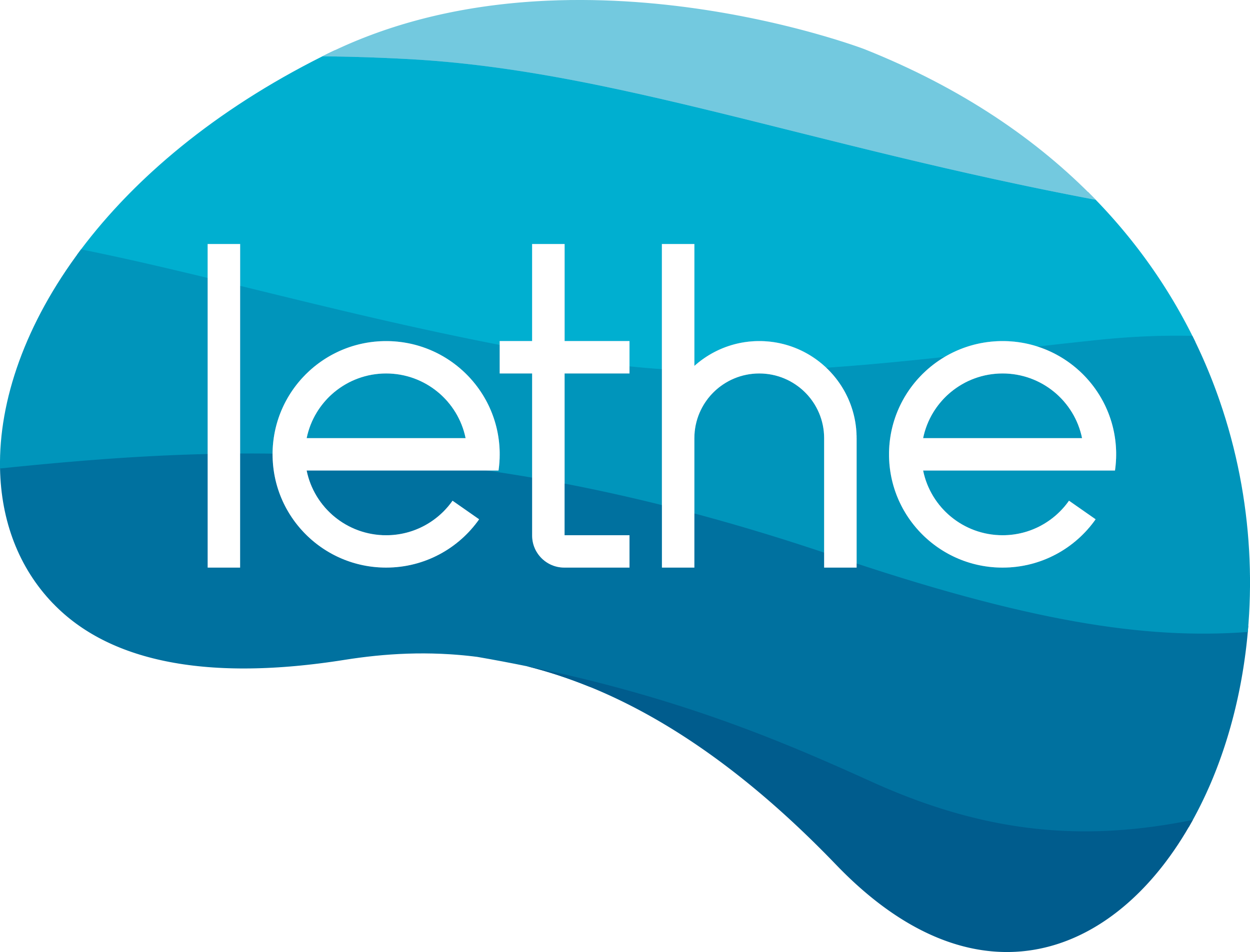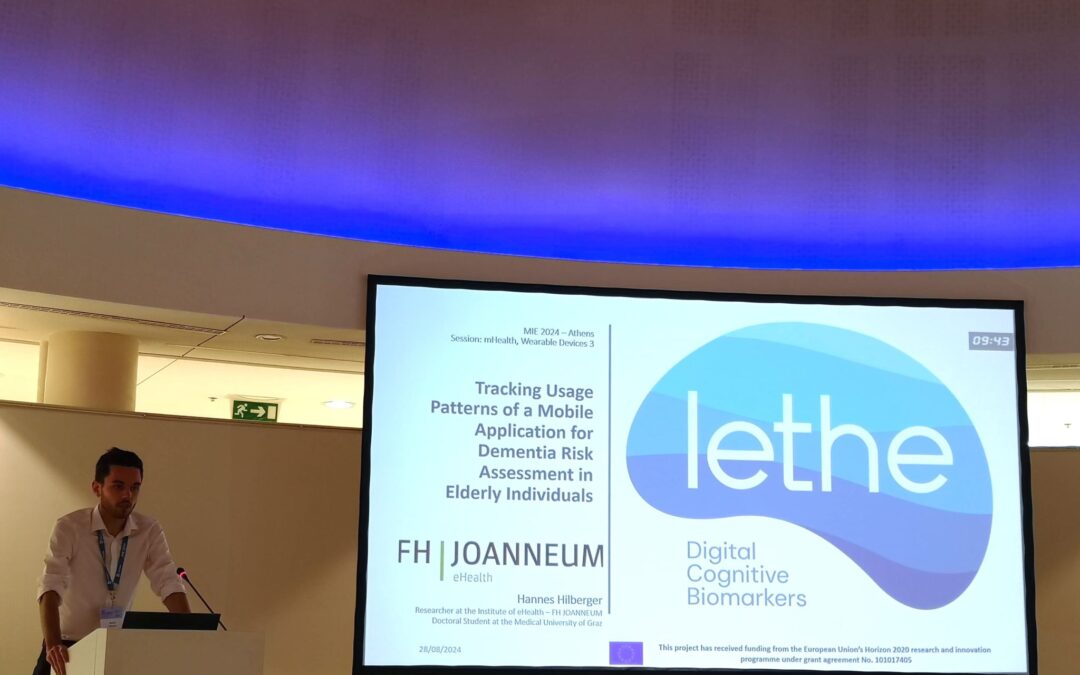Introduction:
On 28 August, Hannes Hilberger from FH Joanneum participated in a session on mHealth, Wearable Devices at the 34th Medical Informatics in Athens, Greece.
In this article, he shares about his experience and research.
1- Could you briefly describe the aim of the usage tracking mechanism for dementia risk assessment?
The primary objective of the usage tracking mechanism for dementia risk assessment was to monitor user interaction with the LETHE App. Specifically, this involved assessing whether participants are actively engaging with the application and identifying which features are utilized most frequently. To achieve this, we tracked a total of 20 different events, which included actions such as screen changes (e.g., opening the calendar) and accessing external resources. By monitoring these events, we could reconstruct the paths that participants take within the app and measure the time they spend using it. This comprehensive tracking allows us to gather valuable insights into user behavior and engagement.
2- What were the main findings regarding the usage patterns of the app among elderly individuals?
Our analysis of usage patterns focused on several tasks. Initially, we assessed overall app usage by converting event data into binary indicators (0 for no usage, 1 for usage) to determine daily engagement levels. Subsequently, we analyzed session duration to measure the amount of time participants spent interacting with the app during each session. Lastly, we examined engagement with educational content to identify which resources and which intervention domains captured users’ attention the most.
After a six-month period, we found that approximately 39% of study participants used the LETHE App daily. Notably, usage rates were higher among participants in the intervention group compared to the control group. A similar trend was observed for session duration, with the intervention group averaging around 42 seconds per session. Interestingly, participants in the control group engaged with educational resources 41% more frequently than those in the intervention group. Furthermore, personalized features were among the most accessed components of the app, indicating a preference for tailored content over generic external resources.
3- What feedback or questions did you receive from the conference attendees?
The feedback received at the conference was very positive, particularly regarding the LETHE App, the overall project, and the findings presented in our submission. One common question from attendees concerned the language options available, specifically whether participants were required to understand English. We clarified that the app is available in multiple languages, more concretely in German, Finnish, Swedish, and Italian. Another area of interest among the attendees was the potential integration of usage tracking data into AI models. We discussed our plans to incorporate this data to predict adherence during intervention.
4- Would you like to share any insights or personal experiences from your time at the conference?
Attending the conference was an honor to represent our project on an international platform. The event was well-organized, and it provided a fantastic environment for networking with researchers and professionals from diverse backgrounds and regions, especially as a young scientist.


Recent Comments